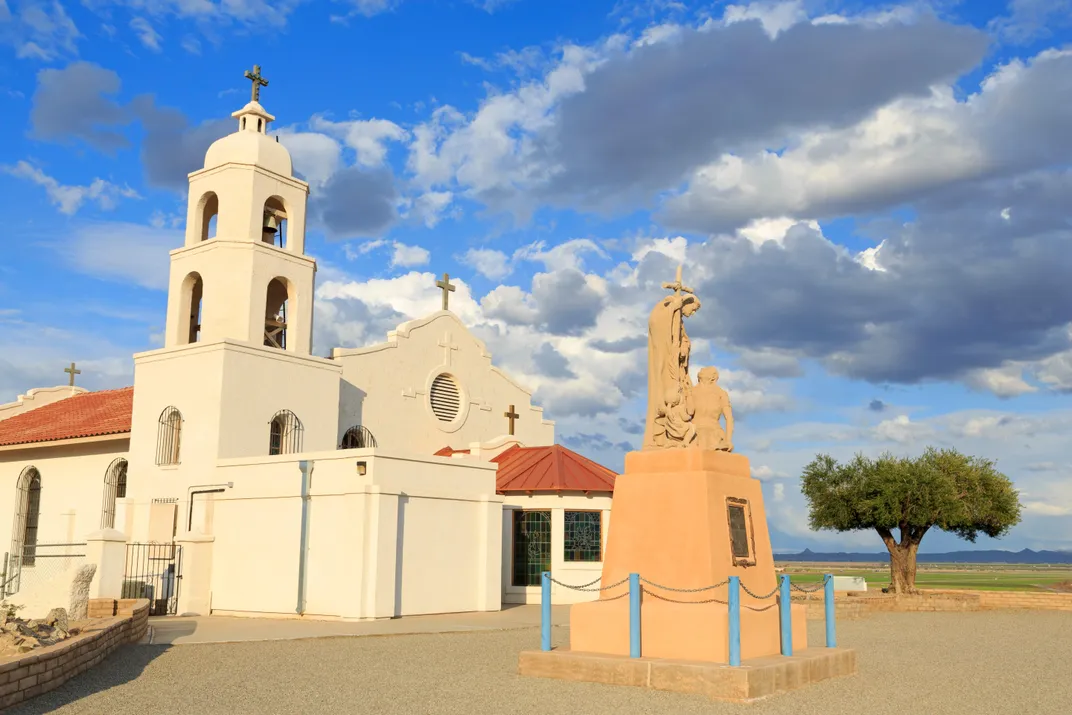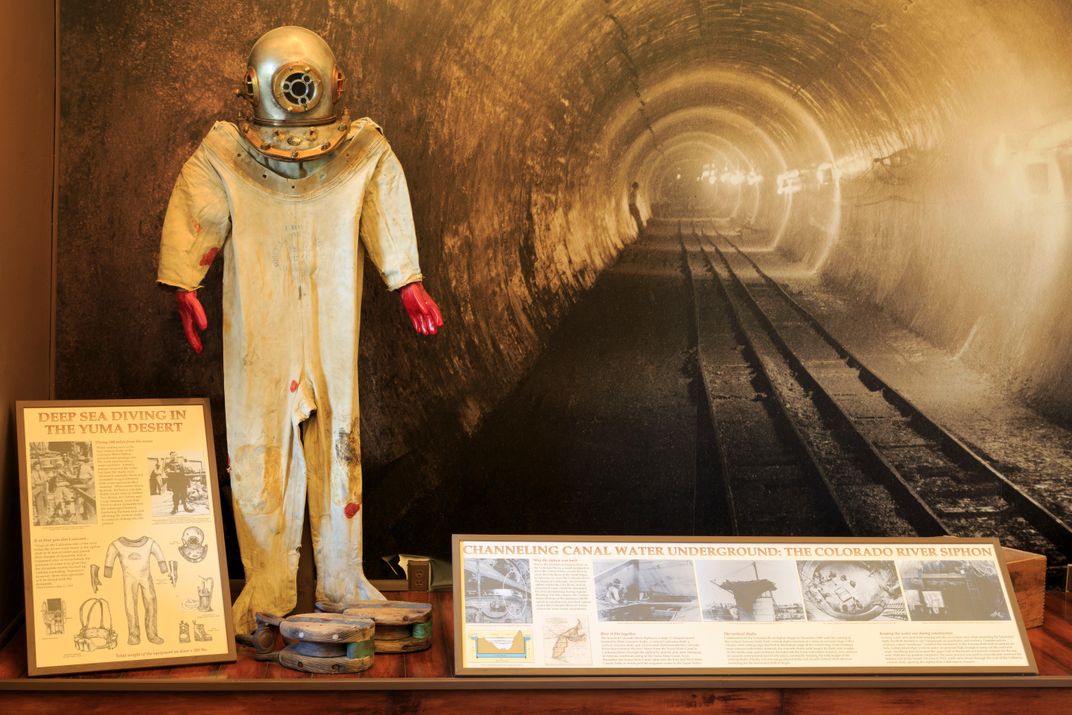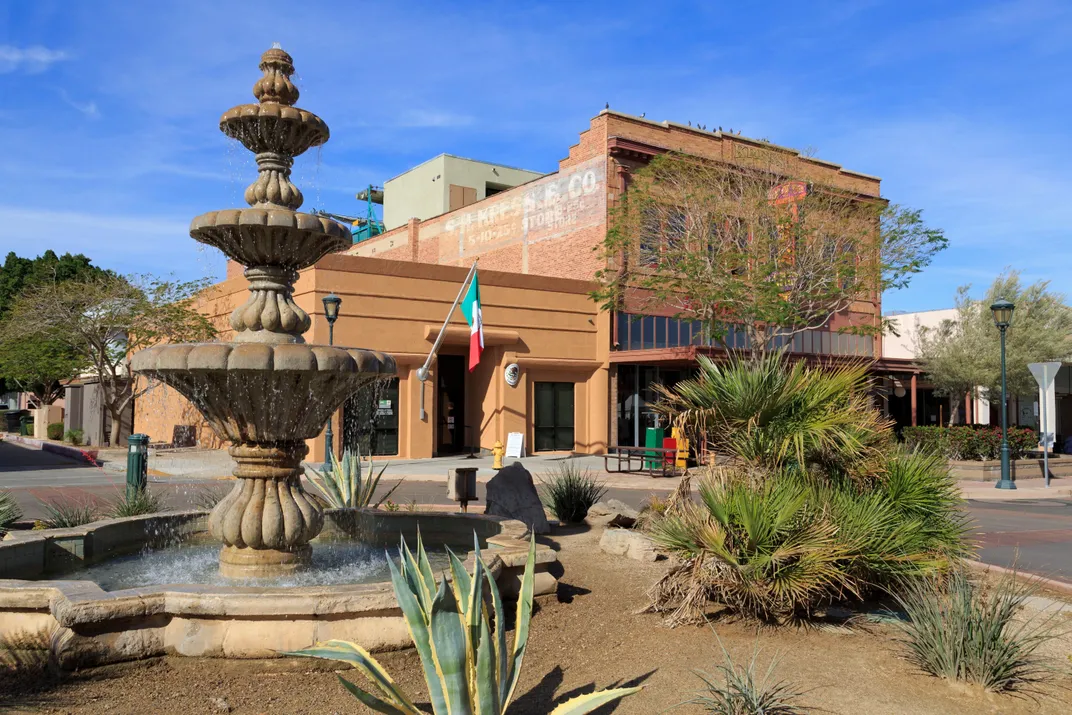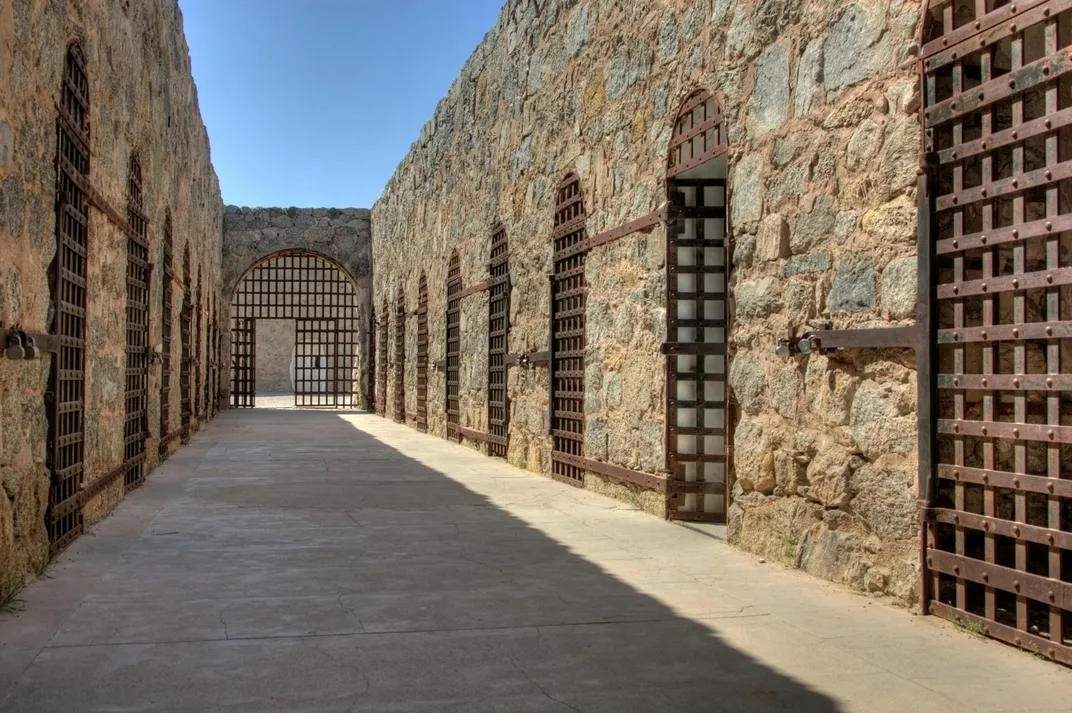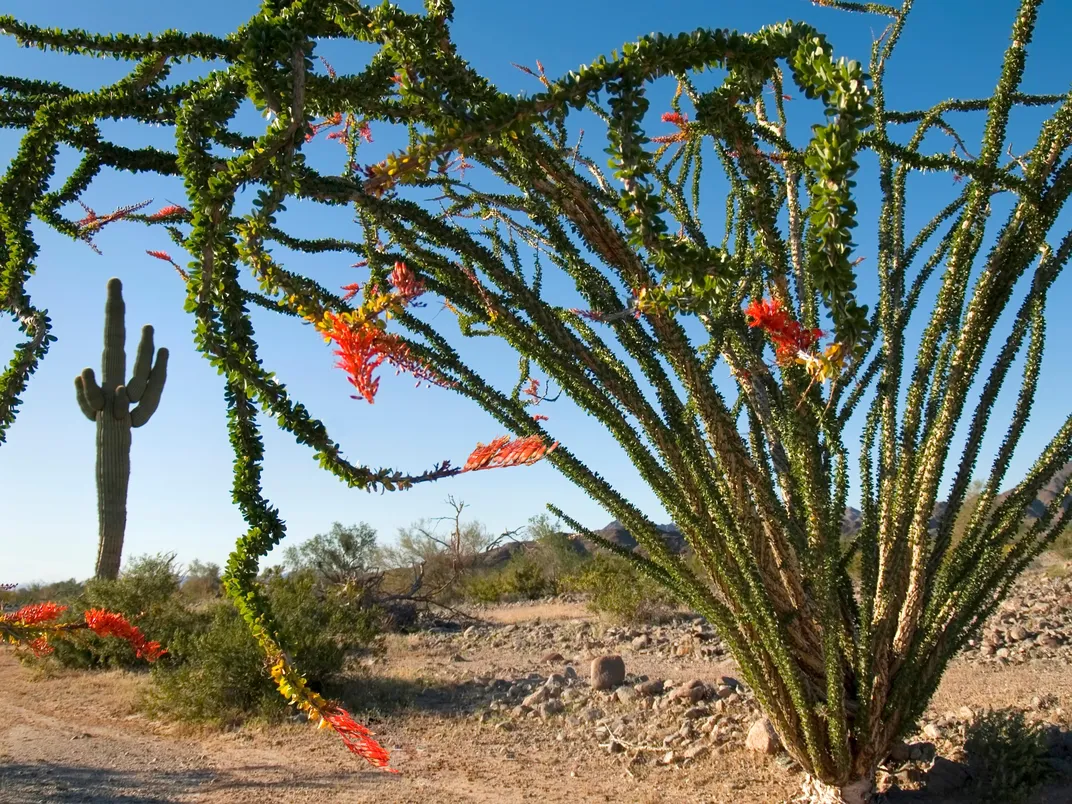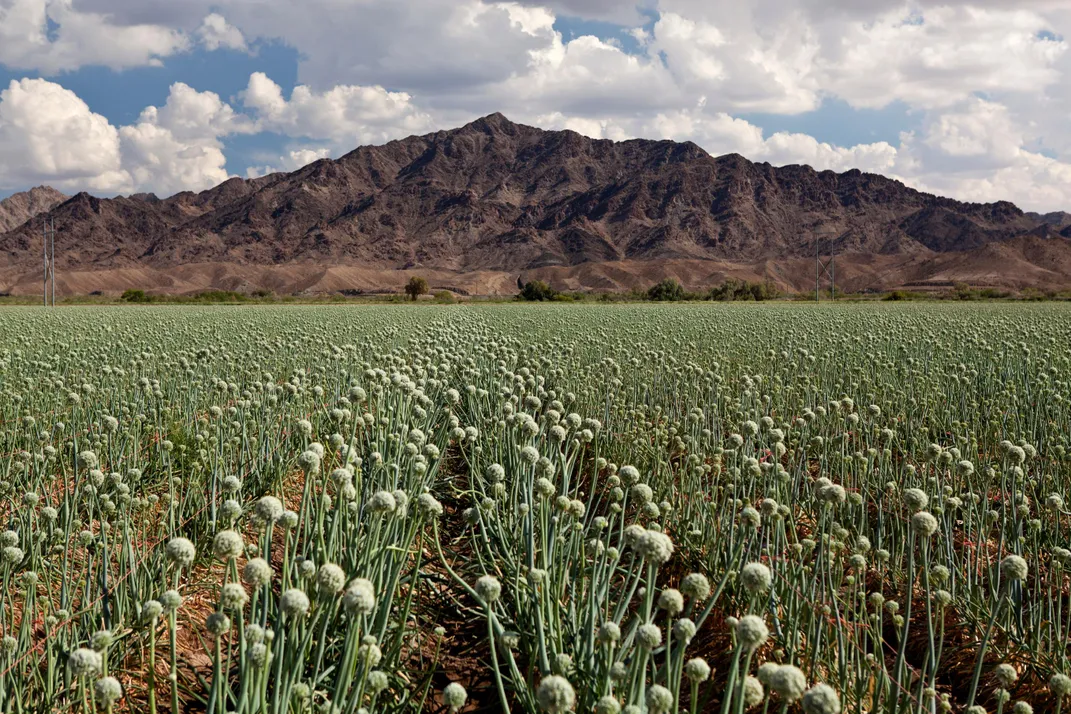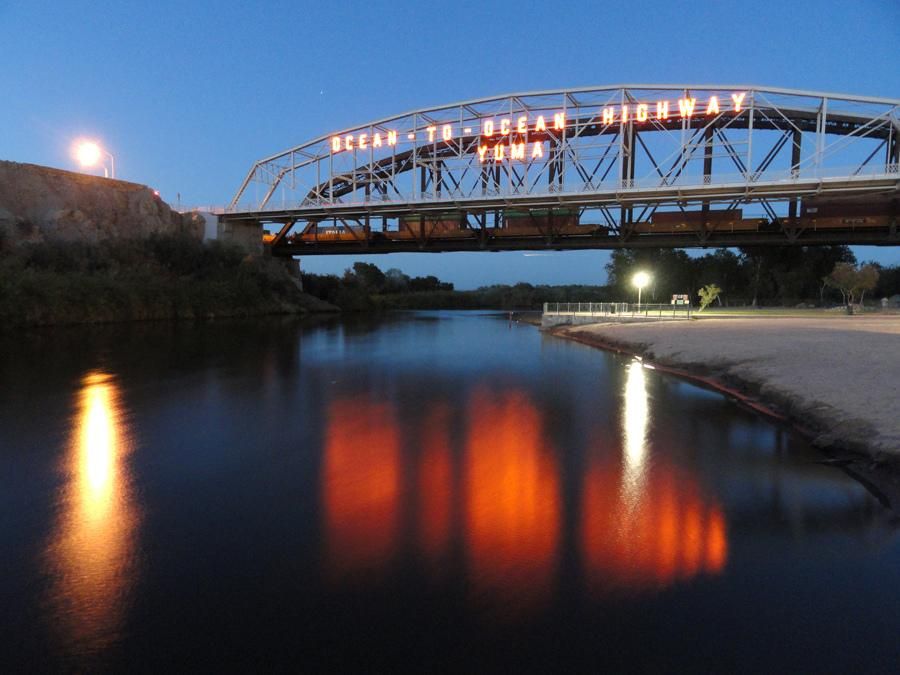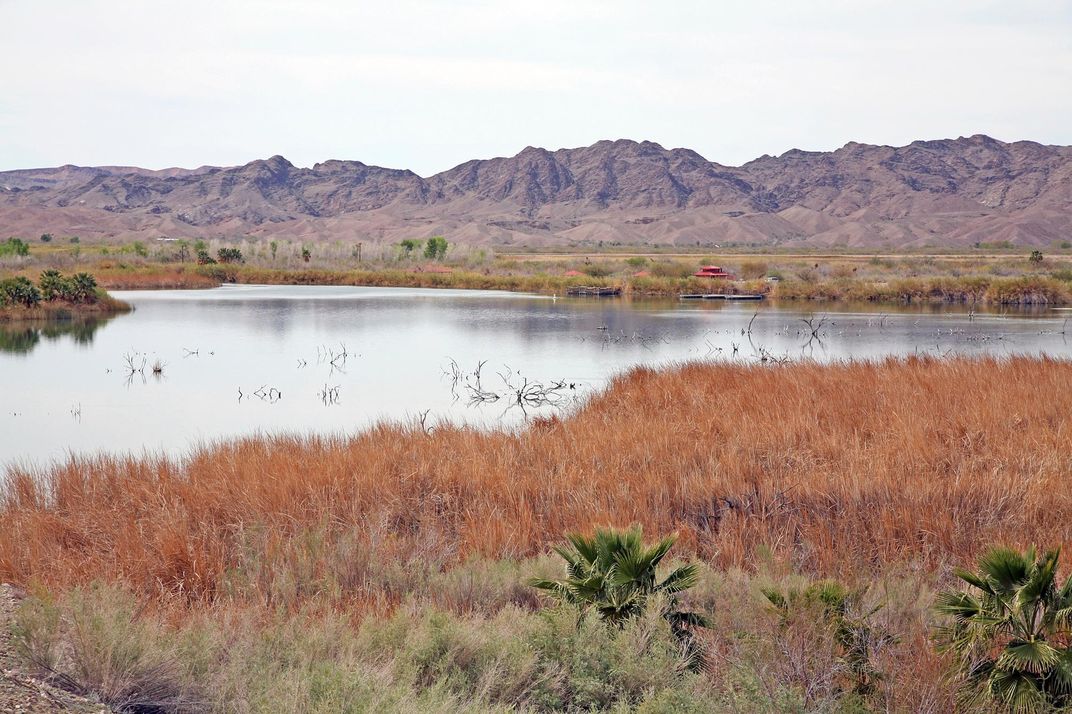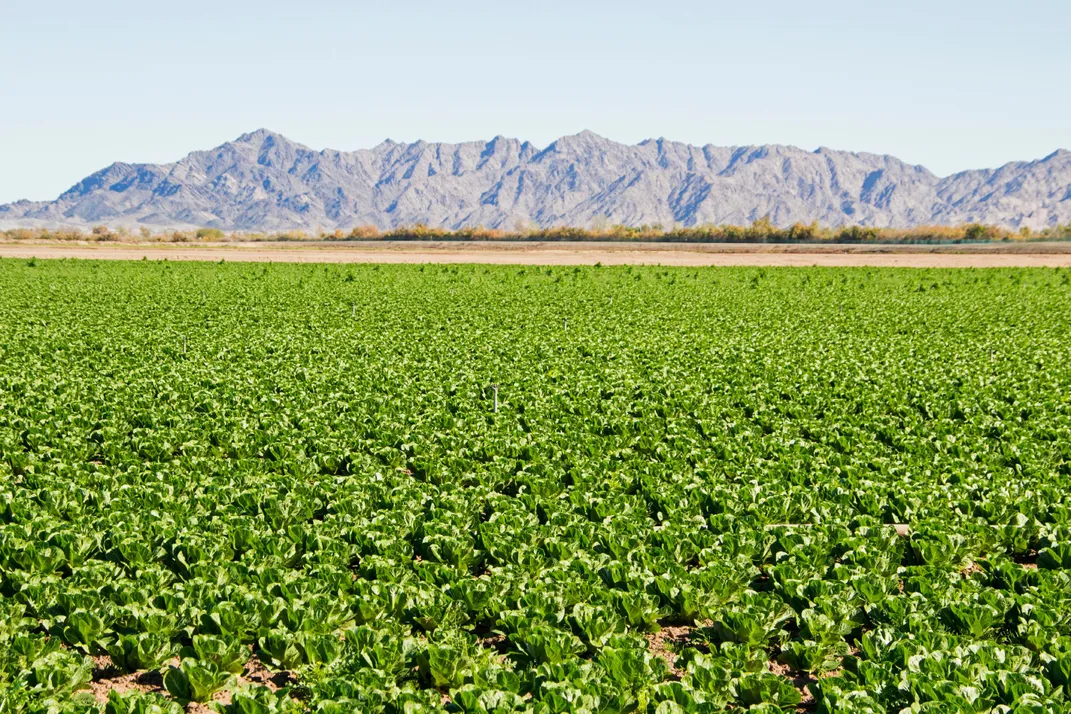Looking for a Winter Getaway? Visit the Sunniest Place on Earth
A literal oasis in the desert, Yuma, Arizona, the “winter vegetable capital of the world,” offers a warm welcome
Situated at the confluence of the Colorado and Gila rivers, Yuma County boasts fertile soil and the temperate climate typical of the southwestern United States. Translation: Every season is the growing season here. The area’s agricultural industry supplies 90 percent of the lettuce consumed nationwide from November through February, and accounts for more than a third of the state’s annual agricultural earnings. “Odds are you’ll enjoy good weather,” says Dustin Moore Mylius, of the Yuma Visitors Bureau. “We hold the record for the sunniest place on earth.”
According to the World Meteorological Society, Yuma receives more than 4,000 sunlight hours per year, the most of any city in the world. This puts it just ahead of its neighbor Phoenix (3,872 sunlight hours a year) and Aswan, Egypt (3,863 hours a year). Chances of finding the sun shining when you get there? 90%.
What to Do
The annual Yuma Lettuce Days festival (February 27 and 28) celebrates the county’s signature crop with tasting stations, a farmers market, and the ultimate salad bar. Also worth a visit: the 28-acre Yuma Conservation Garden, home to numerous native plants and an impressive collection of antique farm machinery.
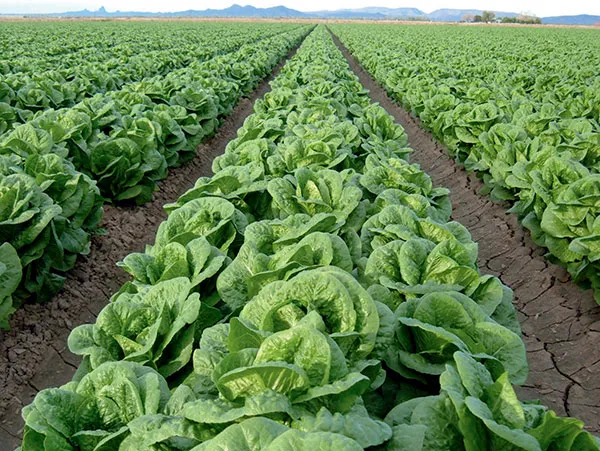
Where to Eat
Participants in Field to Feast events harvest ingredients from the University of Arizona’s farm and hand them over to culinary students from Arizona Western College, who craft the multicourse meal. If you’d rather order off the menu, we recommend tortilla soup from The Garden Café & Spice Co., mustard-crusted halibut at River City Grill, and Prison Hill Brewing Company’s fried avocado wedges.
Where to Stay
Built in 1938, the Adobe House Bed & Breakfast deftly sidesteps every B&B stereotype, delivering privacy (each of the property’s four rooms has its own exterior entrance), luxury (swimming pool plus hot tub), and a gratis happy hour on top of the usual morning spread (from $195 per night).
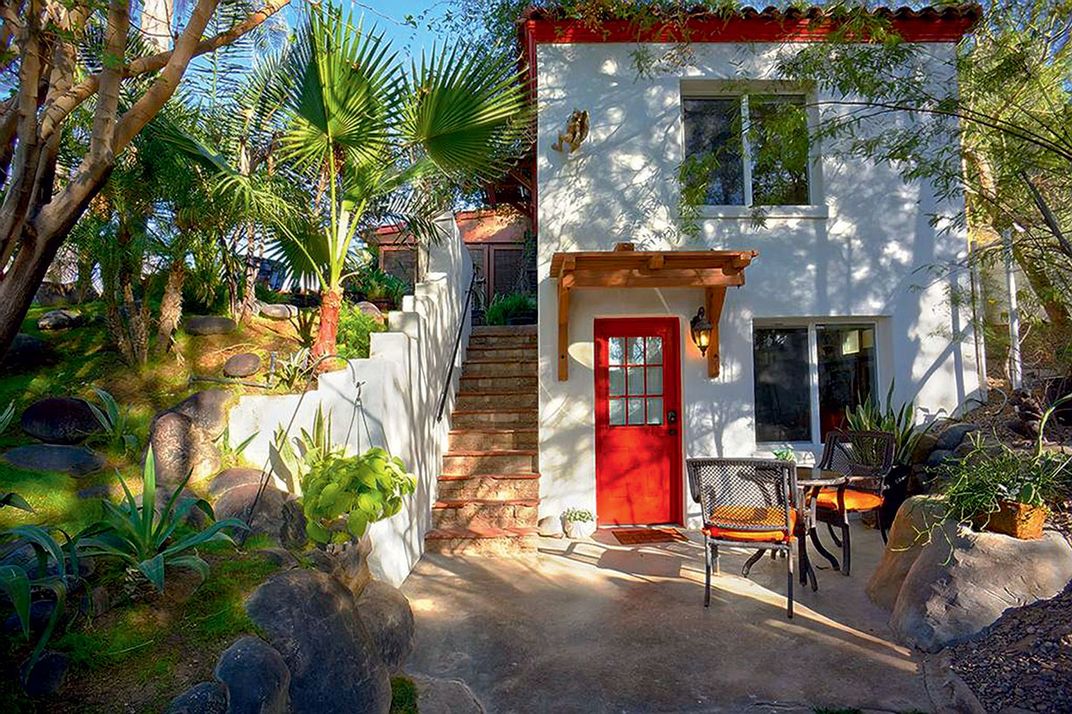
Other articles from Modern Farmer:
- One Weird Trick Could Help You Get Enough Vitamin D This Winter
- Australian Farmer Creates an Amazing Solution to Fight Erosion
- Pork 101: Know Your Cuts
Planning Your Next Trip?
Explore great travel deals
Smithsonian magazine participates in affiliate link advertising programs. If you purchase an item through these links, we receive a commission.
